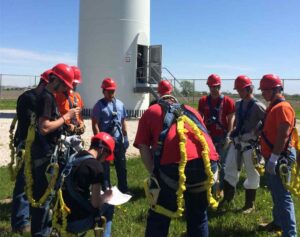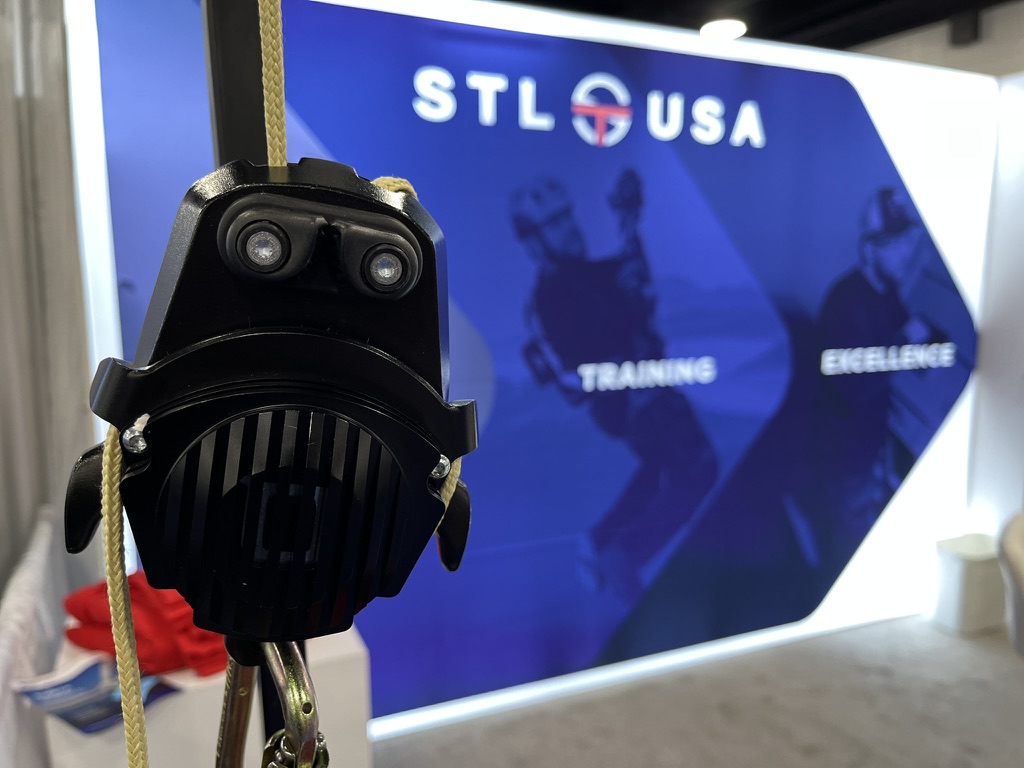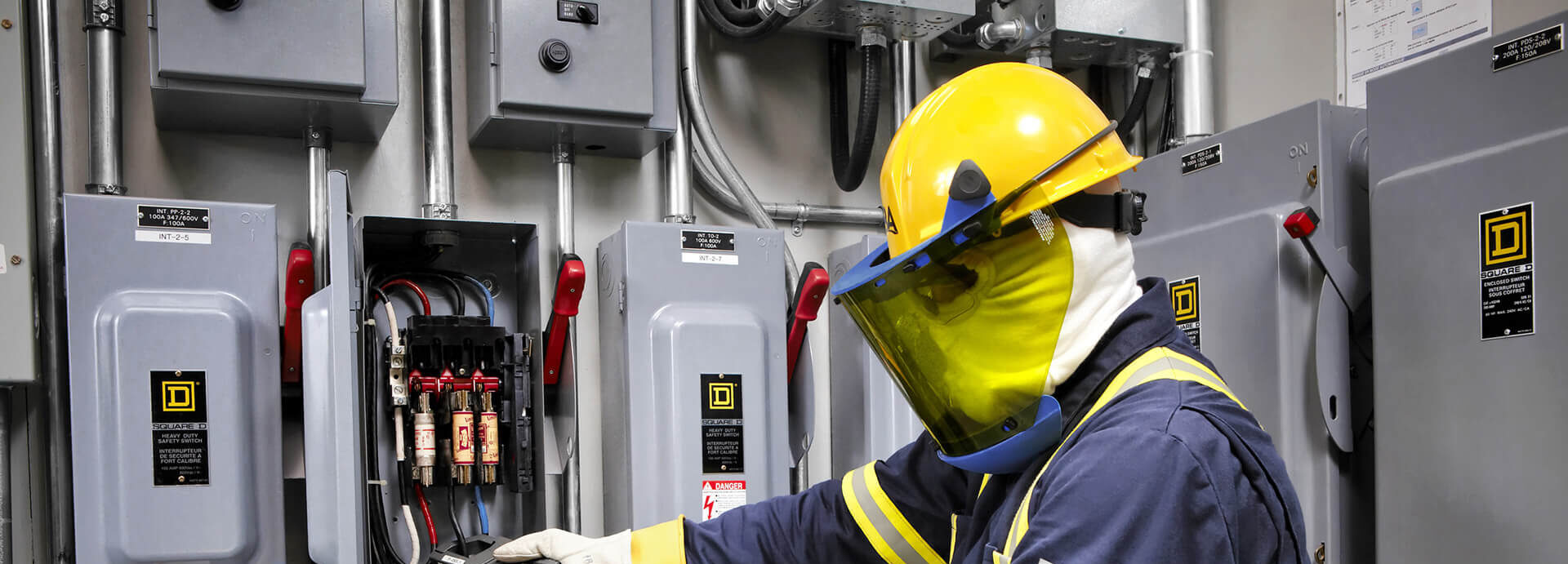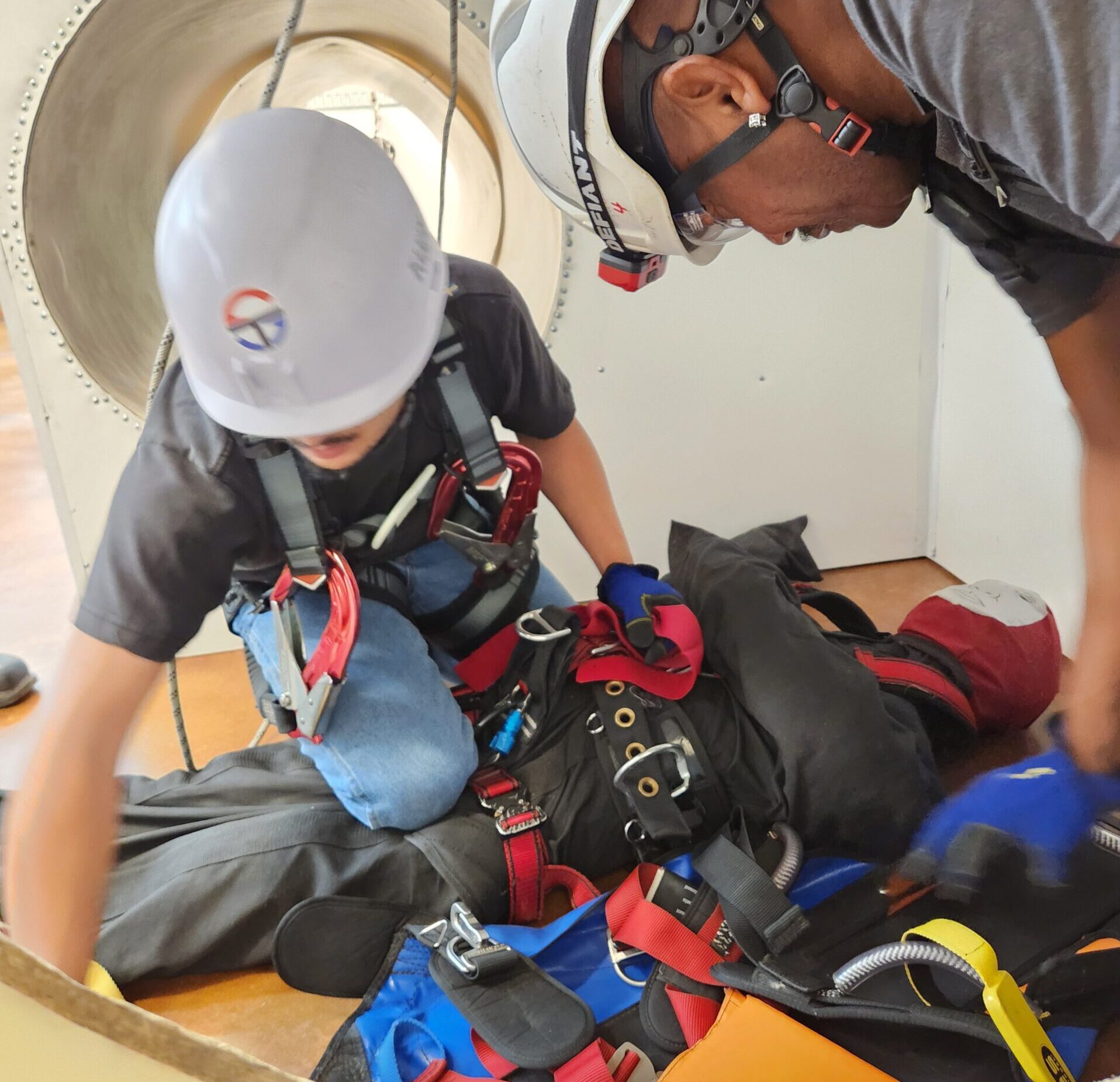Staying Ahead in a Changing Industry
As the renewable energy industry continues to expand, safety remains a top priority. With new wind and solar installations rising across the U.S., ensuring technicians are trained to the latest safety standards is more critical than ever. In 2025, key regulatory updates from OSHA (Occupational Safety and Health Administration), ANSI (American National Standards Institute), and GWO (Global Wind Organisation) will impact the way renewable energy companies operate.
Understanding these changes—and ensuring compliance—can mean the difference between a safe, efficient workforce and costly violations or accidents. In this article, we’ll break down the most significant updates, explore the risks of non-compliance, and explain how STL USA’s industry-leading training programs keep your team prepared and certified.
2025 Regulatory Changes: What’s New?
OSHA: Stricter Fall Protection and Emergency Response Measures
OSHA is reinforcing its commitment to worker safety with updated fall protection and emergency response regulations. Key changes include:
Enhanced Fall Protection Requirements: Employers must implement advanced fall prevention strategies for workers operating at heights, with an emphasis on harness inspection protocols and anchorage strength standards.
Expanded Training for Emergency Scenarios: Employers must ensure that workers receive more extensive training in self-rescue techniques and first aid for fall-related incidents.
More Frequent Safety Audits: Increased inspections and compliance checks will be conducted to ensure companies meet updated safety standards.
ANSI: Updates to PPE and Equipment Standards
The American National Standards Institute (ANSI) is revising several safety equipment standards to enhance worker protection. Key changes include:
New Requirements for PPE (Personal Protective Equipment): All PPE must meet stricter impact resistance, durability, and wearability standards.
Improved Ladder and Climbing System Regulations: Updates to ladder safety systems used in turbine towers, ensuring increased stability and worker safety.
Higher Standards for Arc Flash Protection: Enhanced safety guidelines for workers handling electrical components in solar and wind operations.
GWO: Expanded Global Wind Safety Training Requirements
The Global Wind Organisation (GWO) is rolling out an updated Basic Safety Training (BST) framework in 2025. Key additions include:
New Modules on Mental Health & Fatigue Management: Recognizing that worker well-being directly impacts safety, GWO is introducing training on managing stress and fatigue in high-risk environments.
Enhanced First Aid and Fire Awareness Training: Upgraded course material to reflect real-world emergency scenarios.
Stronger Focus on Blade Repair and High-Risk Maintenance Safety: Addressing risks associated with blade inspections, repairs, and component replacements.
Why Non-Compliance Puts Renewable Energy Companies at Risk
Failure to comply with these updated regulations can lead to serious consequences, including:
1. Hefty Fines and Legal Penalties
OSHA violations can result in fines ranging from $15,000 per infraction to over $150,000 for repeated offenses. ANSI non-compliance can also lead to legal liability in workplace accidents.
2. Increased Workplace Accidents and Liability
Without proper training, technicians are at greater risk of falls, equipment failures, and emergency situations. Inadequate safety measures increase workplace injury rates, leading to costly downtime and compensation claims.
3. Project Delays and Reputation Damage
A single safety violation can halt an entire project, leading to delays, increased costs, and damage to a company’s reputation. Clients and investors are increasingly prioritizing safety-compliant partners.
How STL USA Ensures Compliance & Safety
STL USA is committed to keeping renewable energy technicians ahead of the curve. Our training programs are aligned with the latest OSHA, ANSI, and GWO standards, ensuring your workforce is certified and prepared for 2025’s regulatory updates.
Comprehensive OSHA Compliance Training
Hands-on fall protection and emergency response drills.
Customized compliance workshops to meet specific industry needs.
Regular compliance audits and certification renewals.
ANSI-Approved Equipment & PPE Training
Hands-on experience with the latest safety gear and PPE requirements.
Certification programs for ladder and climbing system safety.
Electrical safety and arc flash training tailored for solar and wind technicians.
GWO-Certified Safety Courses
Updated Basic Safety Training (BST) including fire awareness, first aid, and manual handling.
Advanced rescue training for high-risk wind energy operations.
Mental health and fatigue management modules to improve technician well-being.
Secure Your Team’s Training Before the Deadline
With the 2025 regulatory changes fast approaching, now is the time to ensure your workforce is fully compliant. STL USA provides industry-leading safety training designed specifically for the renewable energy sector.
🔹 Book training today and keep your team ahead of the regulatory curve!
📞 Call us at (512) 661 2570
📩 Email info@safetytechnologyusa.com
By staying proactive and investing in quality training, renewable energy companies can protect their workforce, improve efficiency, and maintain compliance with evolving industry standards. Let STL USA help you navigate the future of safety in wind and solar energy!
Concerned about how these changes affect you?
Click the button to connect with one of the team for guidance

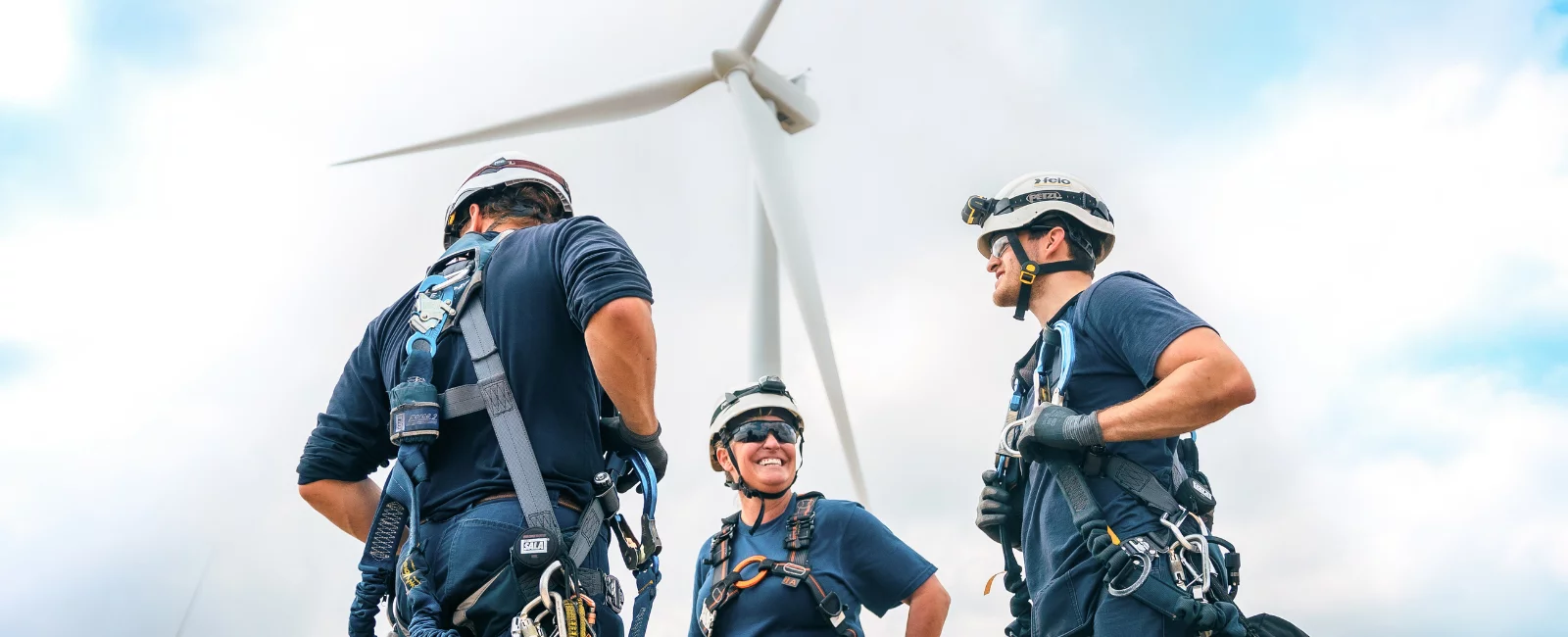
 automatic braking system for controlled descent and boasts high load capacity, making it suitable for multiple descents.
automatic braking system for controlled descent and boasts high load capacity, making it suitable for multiple descents.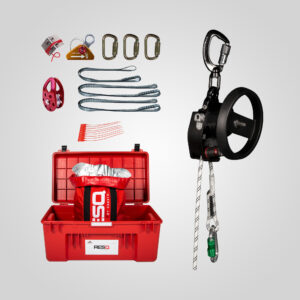 scenarios.
scenarios.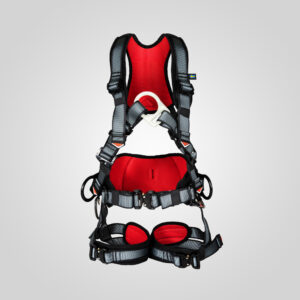 Developed together with professionals from the wind industry, the design of the 1138 ANSI certified harness distributes weight evenly throughout the body which gives the user an ergonomic harness for working at heights.
Developed together with professionals from the wind industry, the design of the 1138 ANSI certified harness distributes weight evenly throughout the body which gives the user an ergonomic harness for working at heights.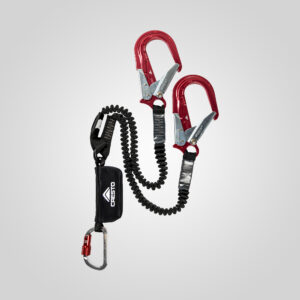 high weight capacity of 140kg. Its innovative design minimizes impact forces in the event of a fall, making it an excellent choice for workers operating in wind energy and industrial sectors.
high weight capacity of 140kg. Its innovative design minimizes impact forces in the event of a fall, making it an excellent choice for workers operating in wind energy and industrial sectors. Contact us:
Contact us:  Call us: +1 (512) 661 2570
Call us: +1 (512) 661 2570
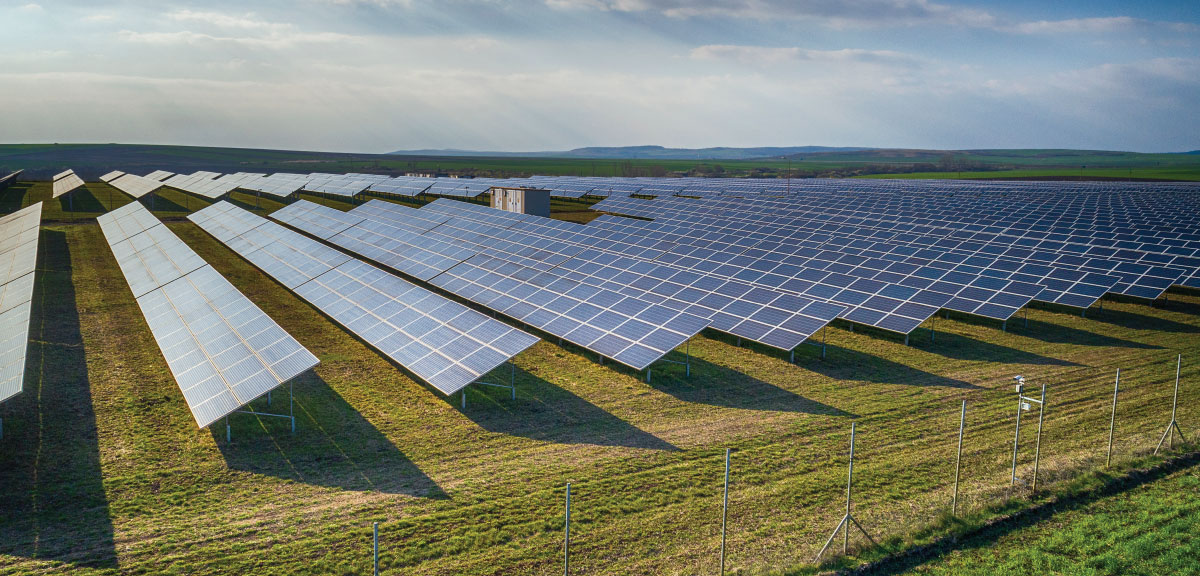
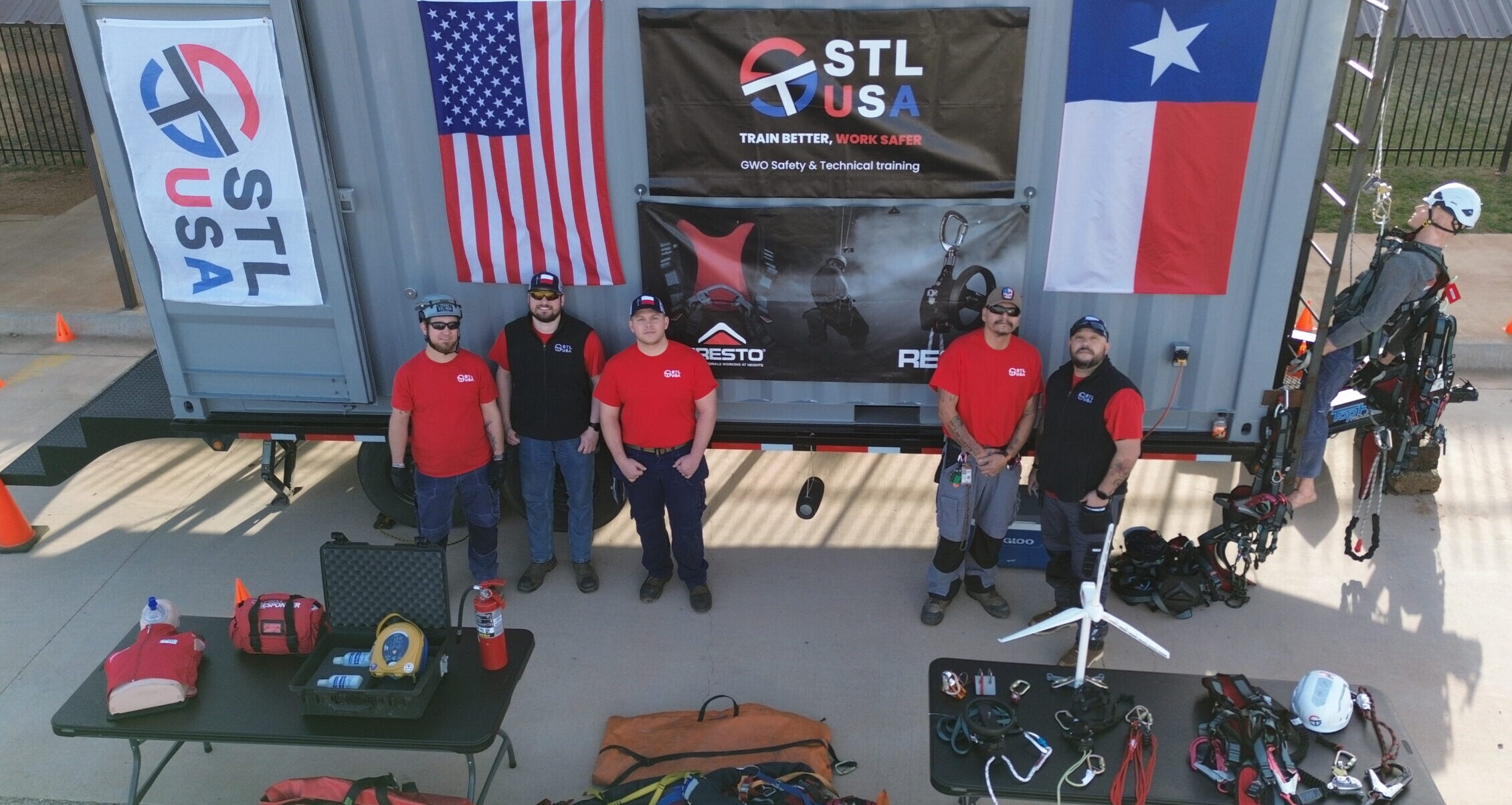
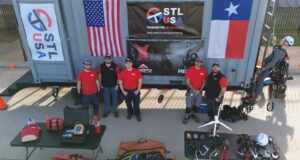 This set-up means that technicians can master their skills in a safe and structured environment before applying them
This set-up means that technicians can master their skills in a safe and structured environment before applying them 